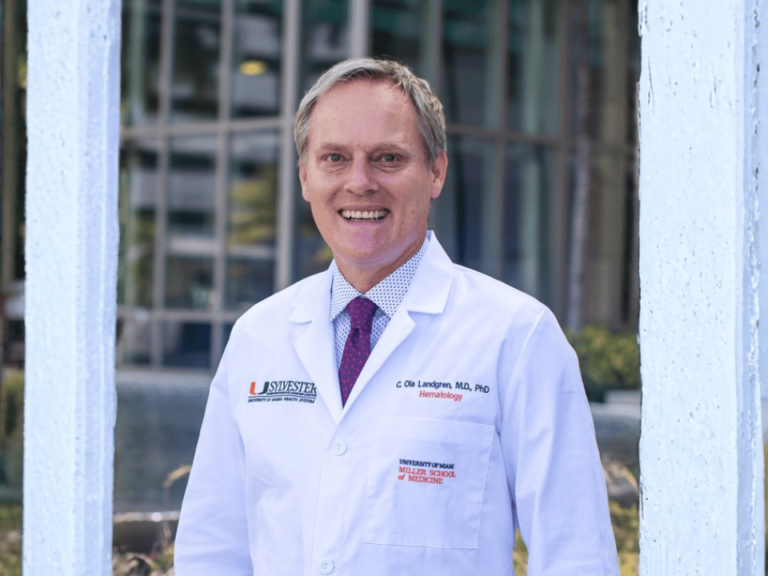Emmanuel Farber, a pathologist who made contributions to the understanding of chemical carcinogenesis, died Sunday, Aug. 3.
Farber’s studies in experimental pathology demonstrated that chemical carcinogens are capable of binding to nucleic acids, in turn generating specific DNA adducts. This led to the observation that chemical carcinogenesis is a sequential process, and he proved this theory by showing that cancer could be induced through a series of step-by-step chemical treatments in the liver, according to an obituary published by the American Association for Cancer Research.
Farber served on the surgeon general’s first Advisory Committee on Smoking and Health from 1961 to 1964. The committee was responsible for issuing the 1964 Surgeon General’s Report on the dangers of smoking and tobacco-related disease.
Farber was born in Toronto Oct. 19, 1918. He received his medical degree from the University of Toronto in 1942. After completing his residency training in pathology at the Hamilton General Hospital, he served in the Royal Canadian Army Medical Corps, and later obtained a doctorate in biochemistry from the University of California, Berkeley.
He was later named professor and chairman of pathology and professor of biochemistry at the University of Pittsburgh School of Medicine and at the Fels Research Institute of Temple University, where he was professor of pathology and biochemistry and director of the institute.
In 1975, Farber returned to Toronto to serve as professor and chairman of the Department of Pathology and professor in the Department of Biochemistry at the University of Toronto. At his death, he held the title of chairman emeritus and professor in the Department of Pathology.
Farber was an active member of the AACR, and served as vice president and president between 1971 and 1973. He was a member of the board of directors and served as associate editor of Cancer Research; and was elected as an inaugural fellow of the AACR Academy in 2013.
Farber was also a member of the Pennsylvania (East) State Legislative Committee, and the Molecular Epidemiology Working Group and served on the Panel on Medical Sciences of the U.S.-Japan Cooperative Science Program, National Advisory Cancer Council of the U.S. Public Health Service, Lung Cancer Task Force, Committee on Food Safety and Food Safety Policy of the National Academy of Sciences, Chairman of the Pathology B Study section of NIH, Committee on Pathology, Division of Medical Sciences of the National Academy of Sciences and National Research Council, the Histochemical Society, and the American Society of Experimental Pathology.
He was a member of the editorial boards of American Journal of Pathology; Laboratory Investigation; Journal of Histochemistry and Cytochemistry; Oncology News; Teratogenesis, Carcinogenesis, and Mutagenesis; International Journal of Cancer; Chemical Biological Interactions; Liver; and Hepatology.
Over the course of his career, Farber received the Parke-Davis Award in Experimental Pathology, the Samuel R. Noble Foundation Award, the Rous-Whipple Award of the American Association of Pathologists, and the G.H.A. Clowes Memorial Award of the AACR.
In 1984, he was made a fellow of the Royal Society of Canada. In 1985, Farber was elected as the honorary member of the Society of Toxicologic Pathologists, the highest honor the society bestows. He was also vice president and president of the American Society of Experimental Pathology and president of Histochemical Society.
Farber is survived by daughter Naomi Farber, son-in-law Steven Grosby, and grandson Samuel Grosby.











